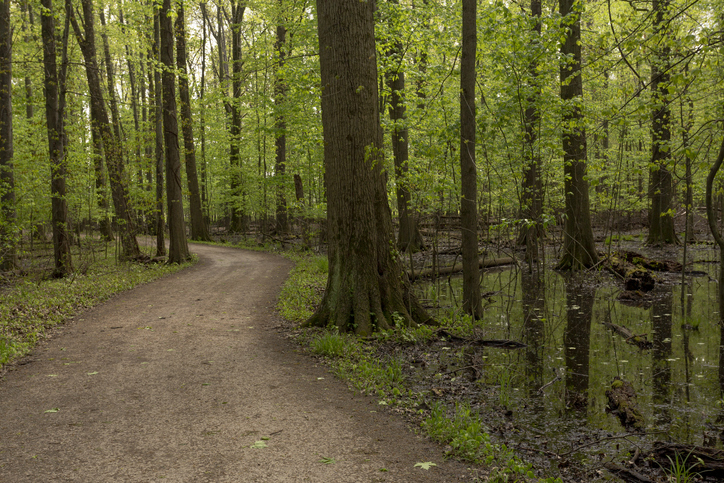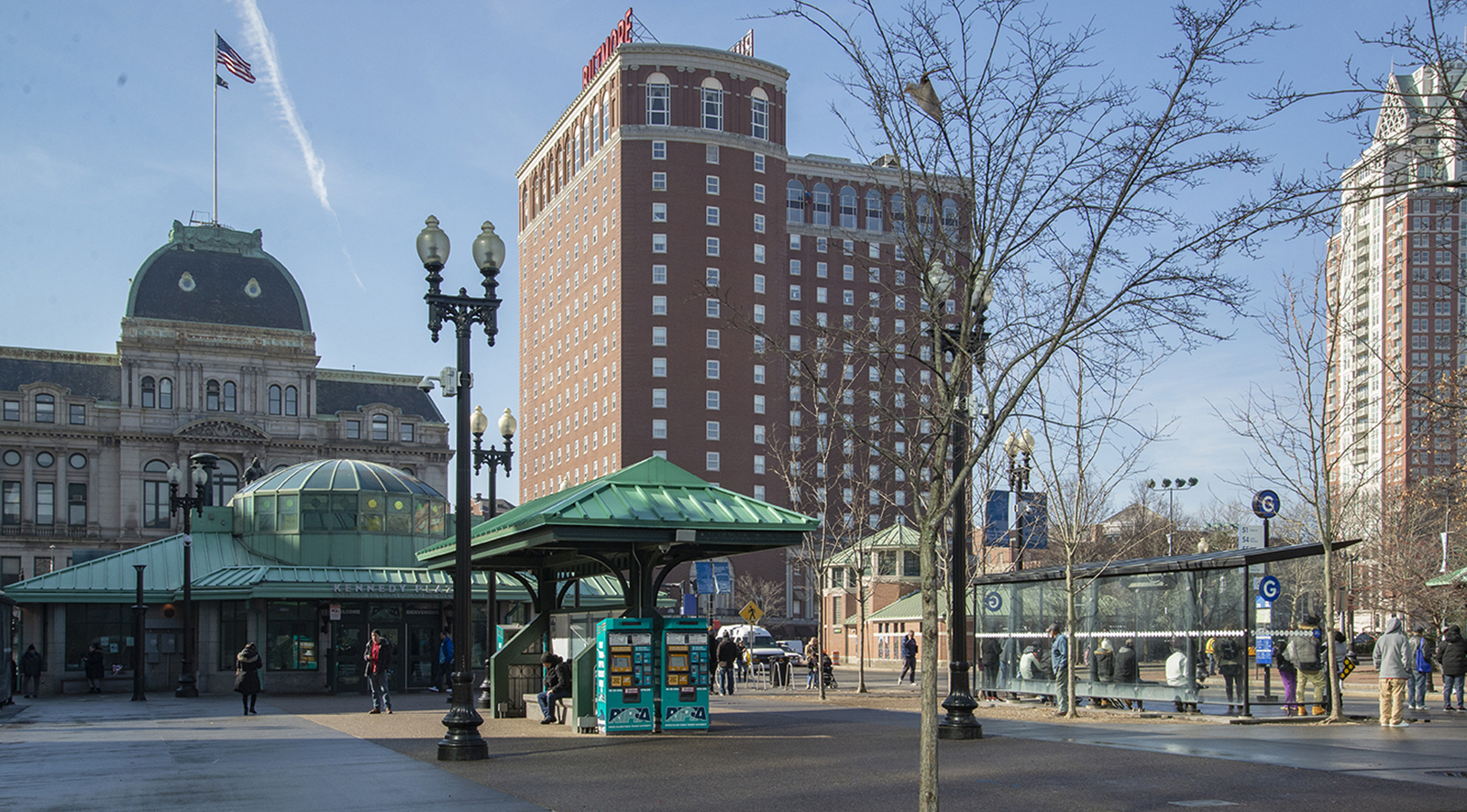New Development Can Help Preserve Natural Areas
February 27, 2015
Rhode Island is home to many special places. The diversity of these natural, cultural and recreational assets defines the character of our communities and adds immeasurably to our quality of life. The good news is that about 22 percent of Rhode Island’s land area has been permanently protected for future generations to enjoy.
However, some 60 percent of our state is undeveloped and unprotected. Many of our most important farms, drinking-water supplies and habitat are on lands that can be developed at any time, placing these critical resources at risk.
In the past, unplanned growth has led to the loss of our working farms and forests, impaired water quality and destroyed habitat. Between 1982 and 2007, Rhode Island developed 22 percent of its farmland. Land development was increasing at a pace that was nine times faster than the population growth. A recent market analysis determined there is a demand for 9,800 housing units by 2017 and nearly 17,000 by 2027 within a 20-minute drive of Wickford Junction.
The goals of growing our economy and protecting our environment don’t have to be mutually exclusive. The Rhode Island Department of Environmental Management (DEM) has developed many tools such as conservation development, low-impact development site planning and design guidance, urban environmental design, and community guidance to maintain working farms and forests to help communities plan for growth while avoiding and reducing negative impacts to natural resources and community character.
The recently completed “Village Guidance: Tools and Techniques for Rhode Island Communities” and the companion “Rhode Island Transfer of Development Rights Manual” are two additional resources to assist communities.
Village development is a win-win scenario: it can help communities accommodate the growth they need to prosper without degrading their quality of life or natural resources. Village development is beneficial to the local tax base and helps protect our environment by:
Guiding growth away from our farms, forests and habitat into areas that are appropriate.
Protecting water quality by reducing impervious cover compared to conventional development.
Reducing greenhouse-gas emissions by encouraging walking, biking and mass transportation.
Decreasing the land area needed to support new housing and businesses.
Transfer of development rights (TDR) is an innovative way to direct growth away from lands that should be preserved to locations well suited to support development. TDR is a voluntary market-based land-use tool that allows a property owner in a “sending area” to sell their property’s development rights in exchange for a permanent conservation easement that allows the land to stay undeveloped in perpetuity.
In turn, a property owner in a “receiving area” can buy those rights to build at densities higher than allowed under the current zoning. Developers are willing to buy development rights in sending areas that are desirable to preserve to get bonus density where the community wants more growth. Therefore, new development can pay for the preservation of meaningful open space.
While there are more than 200 successful TDR programs across the country, TDR historically hasn’t been successful in New England. The new DEM TDR guidance makes important changes to customize the approach to enable it to work effectively in Rhode Island. Moreover, there are market trends and fiscal benefits to communities that support the success of TDR in Rhode Island.
With village development and the use of transfer of development rights, local officials and developers can work together to guide growth where it is most suitable. These are new tools to provide Rhode Island cities and towns the assistance they need to more effectively plan for growth while protecting and preserving the environment.
Scott Millar is the administrator of the Rhode Island Department of Environmental Management’s Sustainable Watersheds Office.
Categories
Join the Discussion
View CommentsRecent Comments
Leave a Reply
Your support keeps our reporters on the environmental beat.
Reader support is at the core of our nonprofit news model. Together, we can keep the environment in the headlines.
We use cookies to improve your experience and deliver personalized content. View Cookie Settings




Economic growth is going away. We need a steady state economy. We need more housing but can not afford to lose any more farms and forest. Rebuild the brownfields